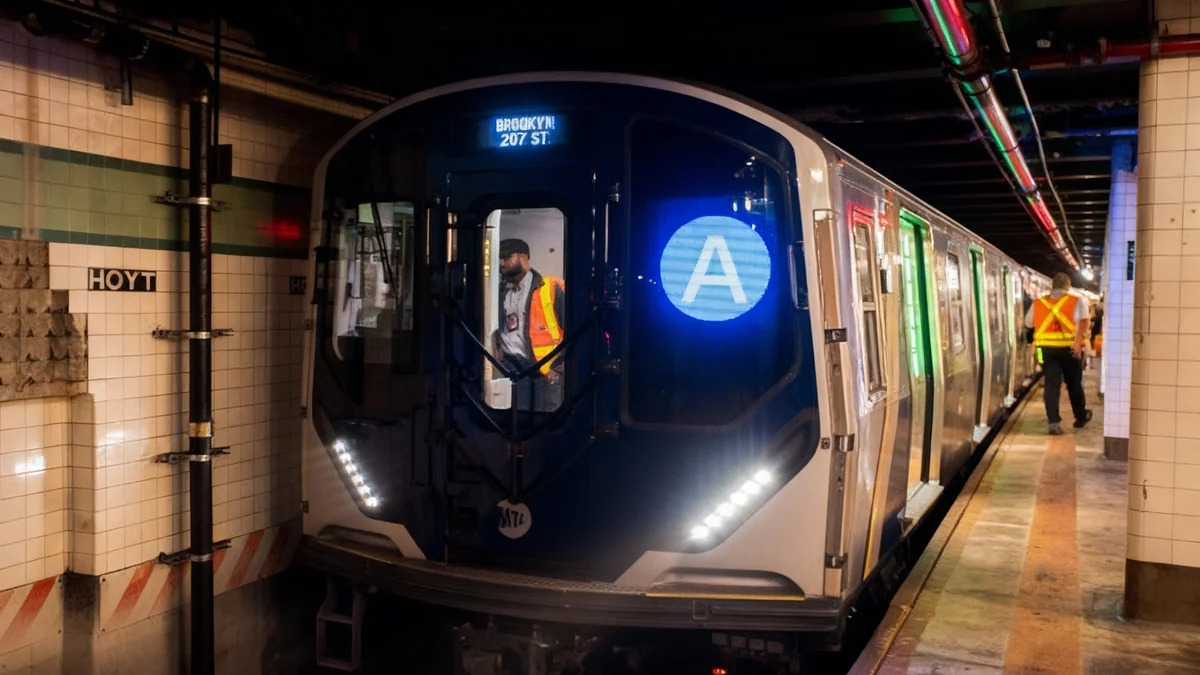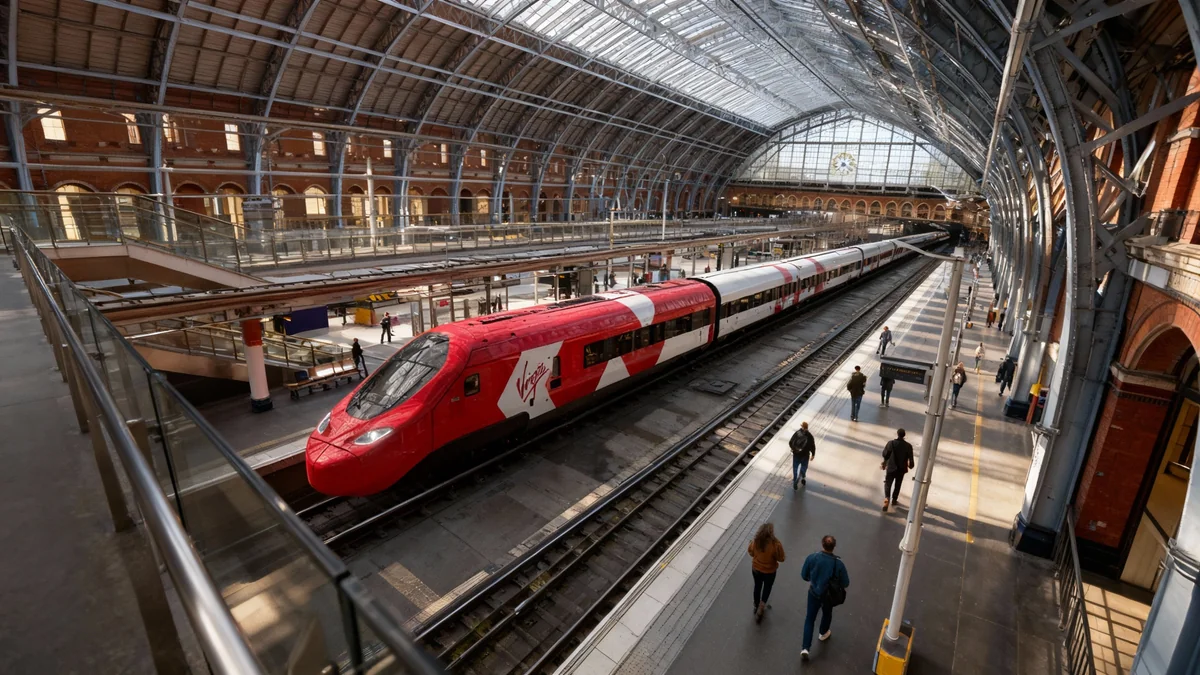China's next-generation high-speed train, the CR450, has successfully reached a speed of 453 kilometers per hour (281 mph) during a recent test run. This achievement marks a significant step forward in the country's ambition to lead the world in high-speed rail technology, setting a new benchmark for conventional wheeled trains.
The test demonstrates the capabilities of the new electric multiple unit (EMU) train, which is designed for a regular operational speed of 400 km/h (249 mph). While the train is not yet in public service, the results from these trials position it as one of the fastest conventional trains globally.
Key Takeaways
- China's new CR450 bullet train achieved a test speed of 453 km/h (281 mph).
- The train is designed for a standard operational speed of 400 km/h (249 mph).
- The CR450 is approximately 10% lighter than its predecessor, the CR400, and features an upgraded braking system.
- An extensive testing phase of 600,000 kilometers is required before the train can enter commercial service.
Pushing the Boundaries of Conventional Rail
The CR450 project represents a major technological push to enhance China's already extensive high-speed rail network. The recent test speed surpasses the previous record set by its predecessor, the CR400 Fuxing series, which reached 420 km/h in its own trials and currently operates at a maximum of 350 km/h.
According to reports from the state-backed Science and Technology Daily, the CR450 has been hailed as the "world's fastest" electric multiple unit train based on these preliminary results. The development focuses on creating a faster, more efficient, and technologically advanced fleet for the nation's transportation infrastructure.
Technological Advancements
A key factor in the CR450's performance is its reduced weight. Engineers have managed to make the train 10 percent lighter than the CR400 model. This reduction in mass, combined with an improved braking system, allows the train to achieve higher speeds while maintaining comparable stopping distances, a critical safety consideration.
A Global Speed Comparison
The CR450's test performance places it at the forefront of high-speed rail technology, particularly when compared to networks in Europe and the United States. For perspective, the top speed achieved in recent European tests was 405 km/h by Deutsche Bahn's ICE train in Germany.
Other notable speeds on conventional tracks include:
- France: The French TGV still holds the absolute world speed record for a conventional wheeled train, set at an extraordinary 574.8 km/h (357 mph) back in 2007 during a special test run.
- United Kingdom: A Eurostar train on the High Speed 1 line reached a top speed of 334.7 km/h.
- United States: The fastest train in service, the NextGen Acela, operates at a maximum speed of 257 km/h (160 mph).
These figures highlight the significant gap in operational speeds between different regions, with Asia, particularly China and Japan, leading the charge in developing ultra-high-speed rail.
Did You Know?
While the CR450 is exceptionally fast for a train on conventional steel wheels, it is not the fastest form of ground transport being developed. Magnetic levitation, or maglev, technology promises even greater speeds by eliminating friction with the track.
The Future: Wheels vs. Magnetic Levitation
The development of the CR450 runs parallel to advancements in maglev technology, which uses powerful magnets to lift and propel trains above a guideway. This technology allows for much higher speeds than are possible with traditional wheel-on-rail systems.
Leading Maglev Projects
Japan's SCMaglev (L0 Series) has achieved a staggering test speed of 603 km/h (375 mph). Once operational, it is expected to run at a maximum of 505 km/h, drastically cutting travel times. For example, the journey between Tokyo and Osaka could be reduced from 150 minutes to just 67 minutes.
China is also a major player in the maglev field, with its own projects pushing the limits of speed. A recent test reportedly saw a maglev vehicle reach 650 km/h in a matter of seconds, showcasing the immense potential of this next-generation technology.
The Road to Public Service
Despite the successful high-speed test, the CR450 will not be carrying passengers anytime soon. The train must undergo a rigorous and lengthy testing protocol to ensure its safety, reliability, and durability under various operational conditions.
Officials have indicated that a total of 600,000 kilometers (approximately 373,000 miles) of testing is required before the CR450 can be certified for public service. This comprehensive process will validate its performance and prepare it for integration into China's national rail network, where it is expected to set a new standard for long-distance travel.





